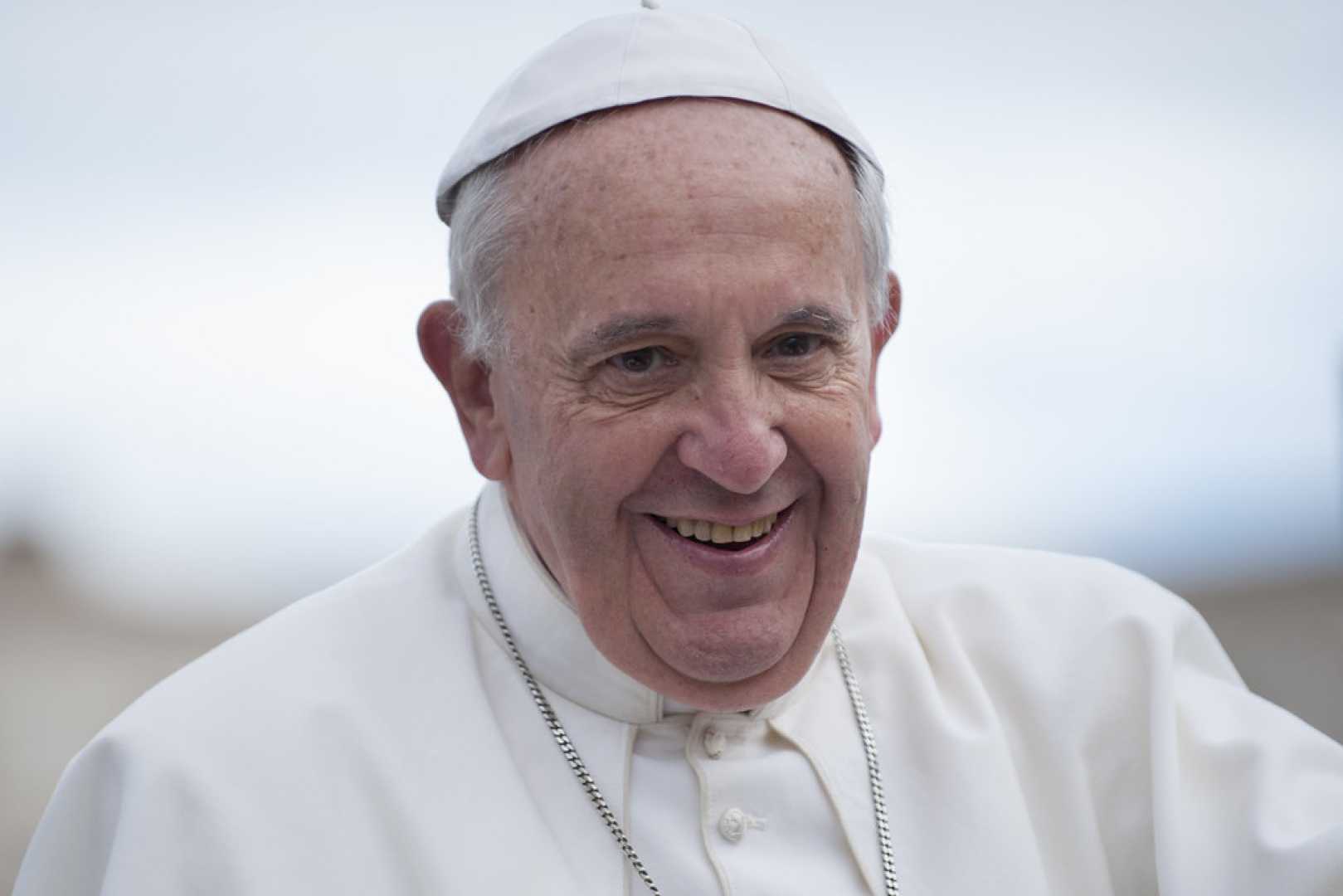Featured
The Life and Times of Pope Francis

Pope Francis, born Jorge Mario Bergoglio on December 17, 1936, in Buenos Aires, Argentina, passed away on Easter Monday, April 21, 2025, at the age of 88, marking the end of a transformative papacy that lasted from March 2013 until his death.
Early Life and Formation
Born to Italian immigrant parents, Bergoglio’s early life was marked by modesty and resilience. As a young man, he survived a serious lung infection that required surgery to remove part of his lung in 1957. Initially trained as a chemical technician, he entered the Society of Jesus (Jesuits) novitiate in 1958, later teaching literature and psychology before pursuing theological studies in Argentina and Germany. Ordained a priest in 1969, he rose through the ranks to become Archbishop of Buenos Aires and was made a cardinal in 2001 by Pope John Paul II.
Papacy: A New Direction for the Catholic Church
Elected as the 266th pope on March 13, 2013, Francis was the first pope from the Americas, the first Jesuit pope, and the first non-European pope in over a millennium. His choice of the name Francis, after Saint Francis of Assisi, symbolized his commitment to humility, poverty, and care for the marginalized.
Throughout his papacy, Pope Francis was renowned for his simple lifestyle, opting to live in the modest Casa Santa Marta rather than the Apostolic Palace, and for his emphasis on social justice, environmental stewardship, and outreach to the poor. His tenure was marked by a pastoral approach that contrasted with his predecessors, especially in his more open and compassionate stance on issues such as homosexuality and the death penalty.
Despite facing significant challenges, including the Catholic Church’s ongoing sexual abuse scandals, Francis sought to address these issues with transparency and reform, though his efforts were met with both support and resistance within the Church hierarchy.
Final Years and Passing
In early 2025, Pope Francis’s health declined following a bout of bronchitis and bilateral pneumonia, leading to a five-week hospitalization beginning in mid-February. After returning to his Vatican residence, he appeared to be recovering and even made a public appearance on Easter Sunday. However, he suffered a stroke and cardiac arrest, passing away peacefully on April 21, 2025, at 7:35 AM in his residence.
The Vatican announced his death with deep sorrow, highlighting his lifelong dedication to the Gospel and his advocacy for the poor and marginalized. His death marked the beginning of the traditional papal interregnum, a period of mourning and preparation for the election of his successor.
Funeral and Mourning
Pope Francis’s body was transferred to St. Peter’s Basilica on April 23, 2025, where it lay in state for three days, allowing the faithful from around the world to pay their respects. The funeral Mass was held on Saturday, April 26, 2025, at 10:00 AM in St. Peter’s Square, presided over by Cardinal Giovanni Battista Re and concelebrated by church leaders globally.
Following the funeral, his remains were interred at the Basilica of St. Mary Major in Rome, in accordance with his final wishes, departing from the tradition of burial at St. Peter’s Basilica.
Legacy and the Road Ahead
Pope Francis’s death ushers in a critical moment for the Catholic Church, which counts approximately 1.4 billion followers worldwide. The College of Cardinals will convene to elect a new pope, a process expected to begin no sooner than mid-May 2025, after the Novemdiales—a nine-day mourning period.
His papacy is remembered for its humility, progressive tone on social issues, and a focus on mercy and inclusivity. The forthcoming conclave faces the challenge of choosing a successor who will either continue Francis’s path of reform or steer the Church back toward more traditional doctrines.
World leaders and dignitaries from across the globe are expected to attend the funeral, underscoring Pope Francis’s global influence and the respect he commanded beyond religious boundaries.
Pope Francis’s life journey from a humble Jesuit priest in Argentina to the spiritual leader of the world’s largest Christian denomination embodies a narrative of compassion, reform, and dedication to the marginalized. His death marks the end of an era and the beginning of a new chapter for the Catholic Church.












